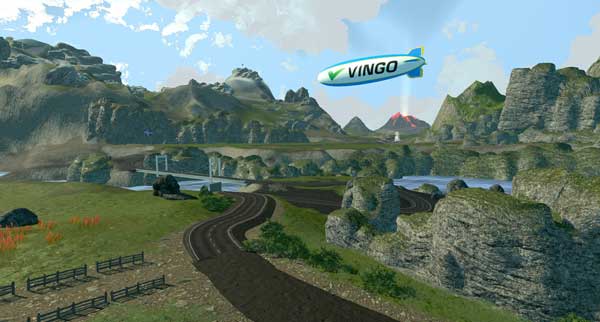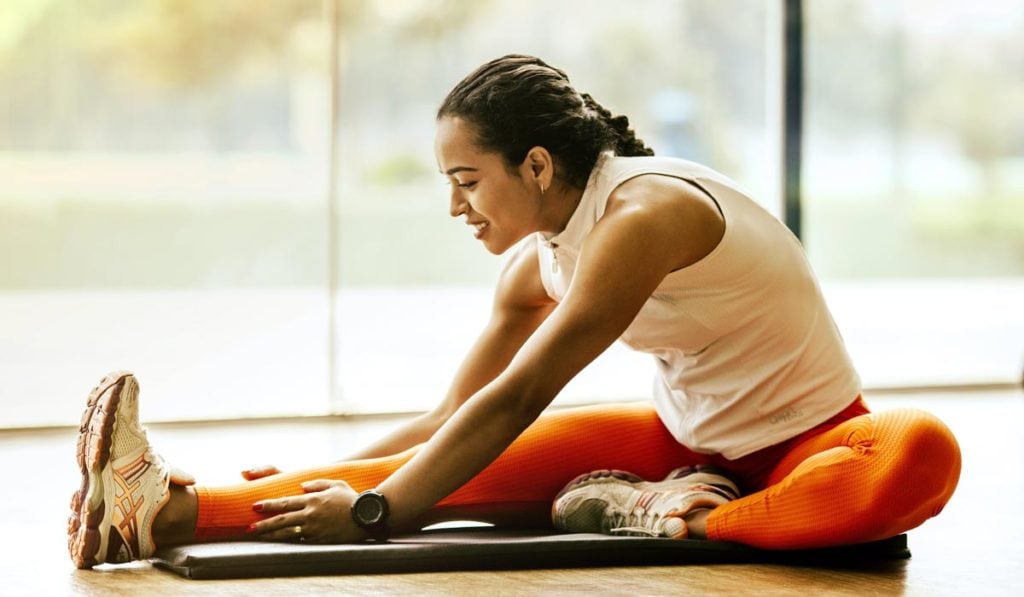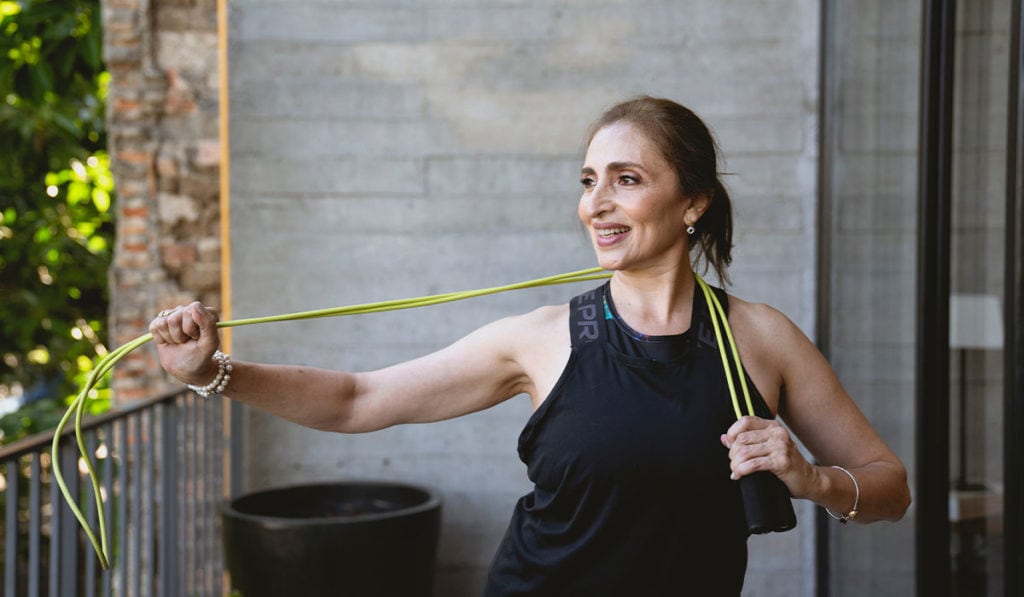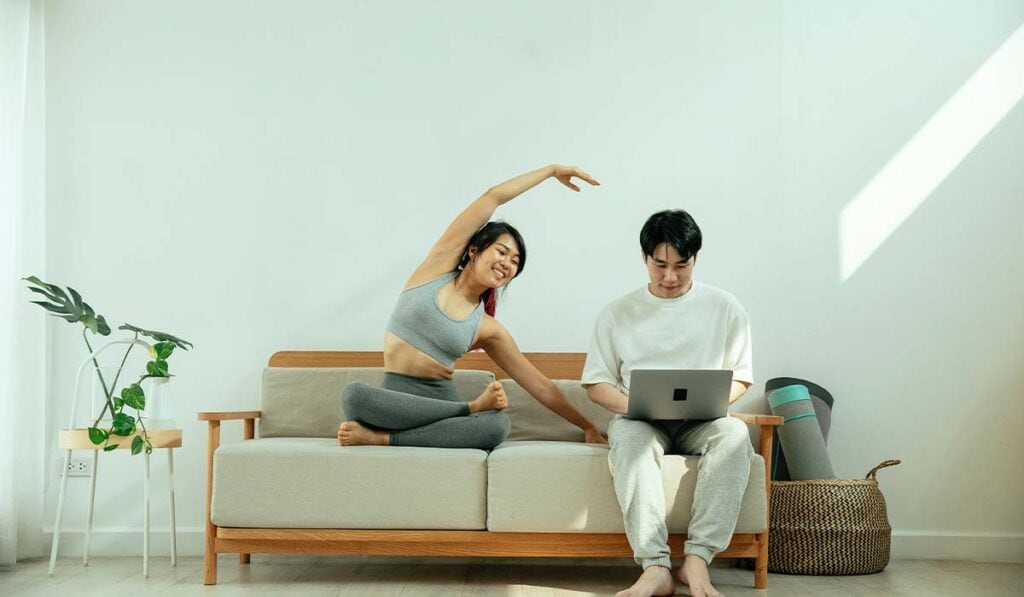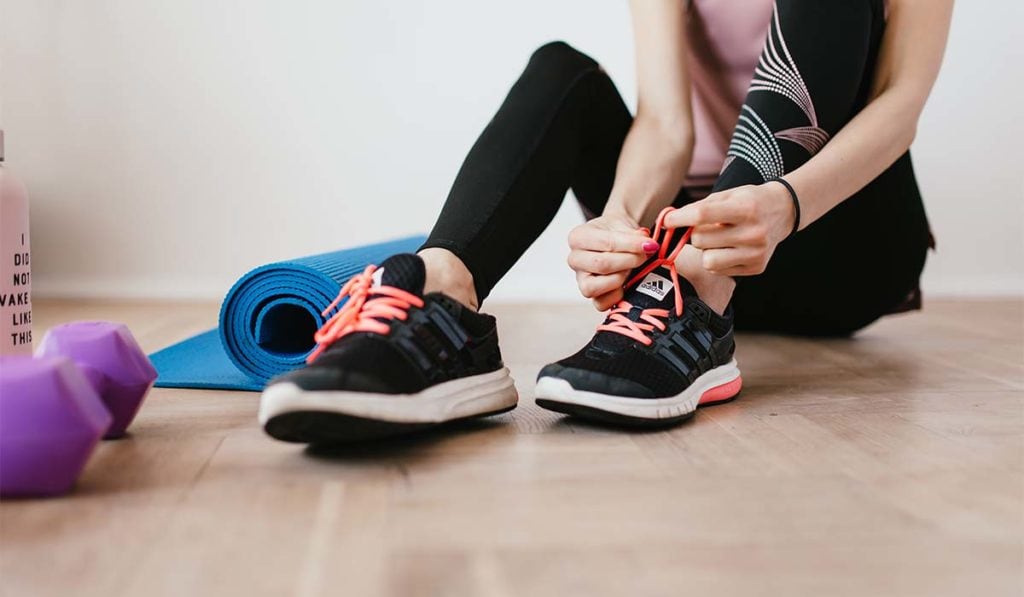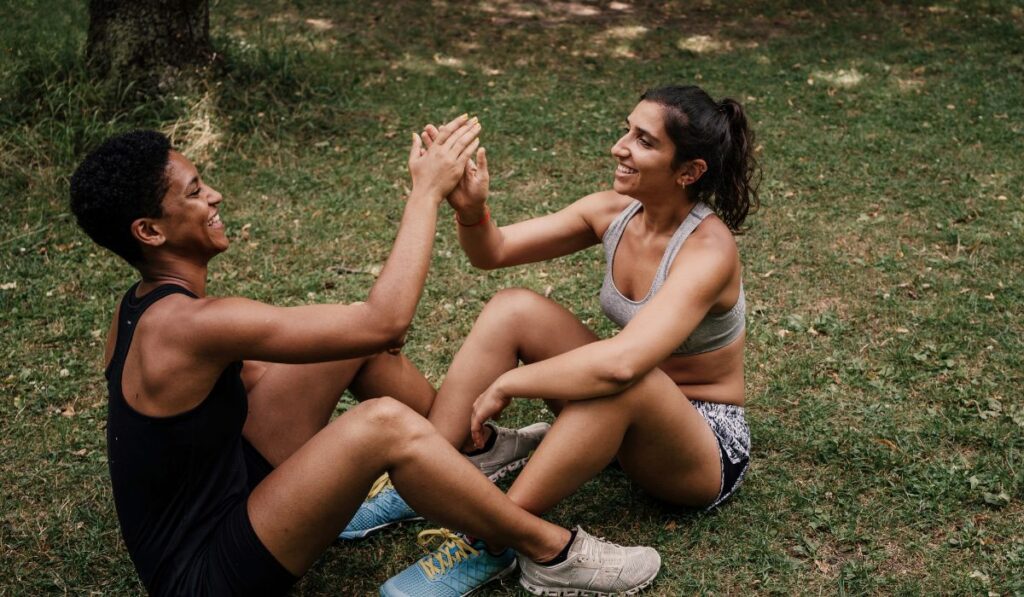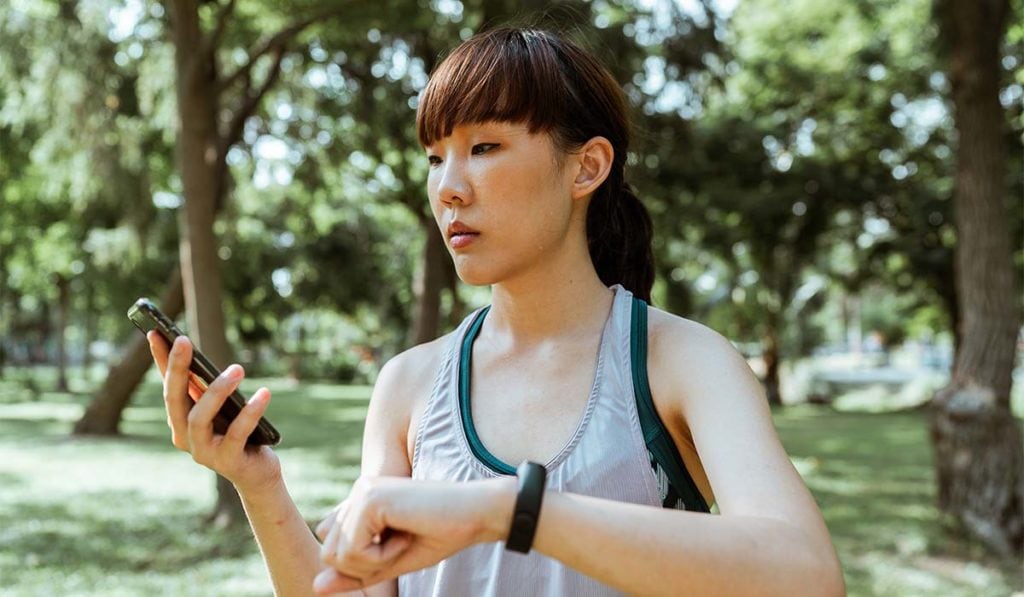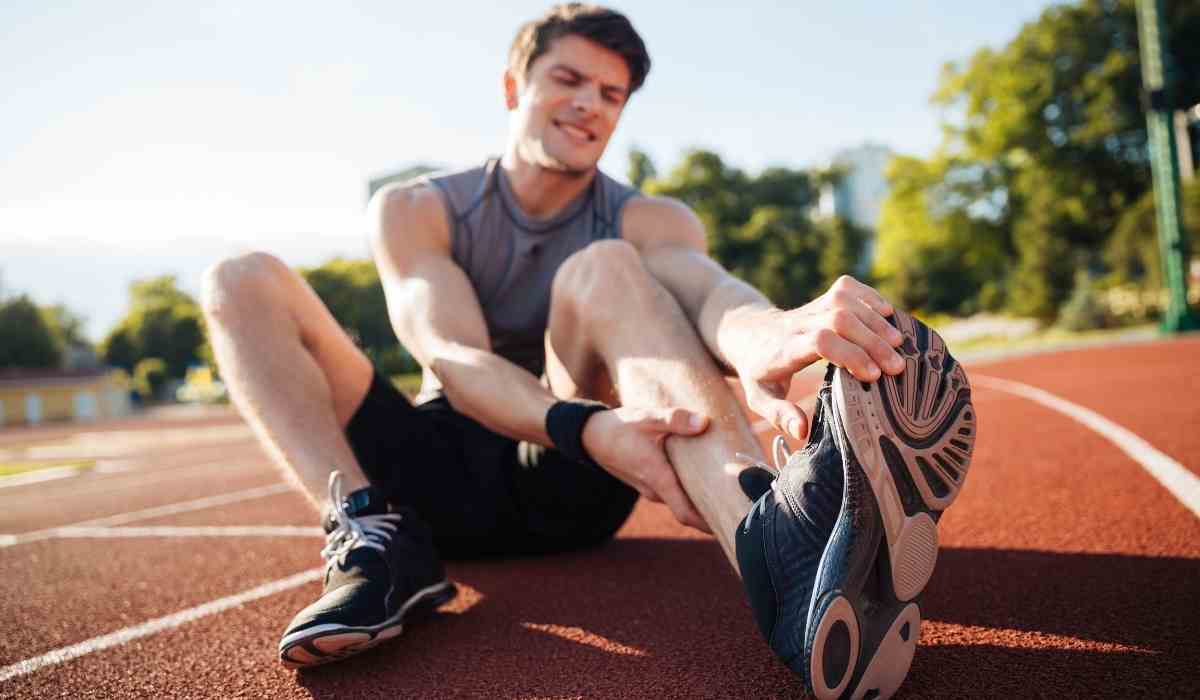
Tips for Preventing Muscle Cramps During Exercise
- What are muscle cramps during exercise?
- Why do I get muscle cramps when I exercise?
- How do I get rid of cramps during exercise?
- What exercises prevent cramps during exercise?
- How can I prevent muscle cramps while exercising?
- What vitamins help with exercise muscle cramps?
- When to see a doctor
- Key Takeaways:
Have you ever woken up in the night with a painful Charlie Horse? If so, you know exactly how uncomfortable it can be. Many runners and cyclists experience muscle cramps during or after an exercise session, which can hinder their performance. Here’s what you need to know about what causes cramps during a workout and how to prevent cramps during exercise.
What are muscle cramps during exercise?

An exercise-induced muscle cramp is when a muscle strongly and involuntarily contracts during or immediately after exercise.1 When the muscle contracts, it becomes very hard and may not relax for several seconds or even minutes, causing extreme pain and discomfort.
Cramps during exercise can affect any muscle in your body, but most often, they affect the calf, foot, and thigh muscles. Although they typically last for less than a minute, sometimes they can last for ten minutes (or longer). The affected muscle may also feel tender for hours after the cramp subsides.
Although exercise cramps don’t typically cause long-term damage, it’s difficult to use the affected muscles while they’re cramping, making activities like cycling or running particularly challenging.
Why do I get muscle cramps when I exercise?
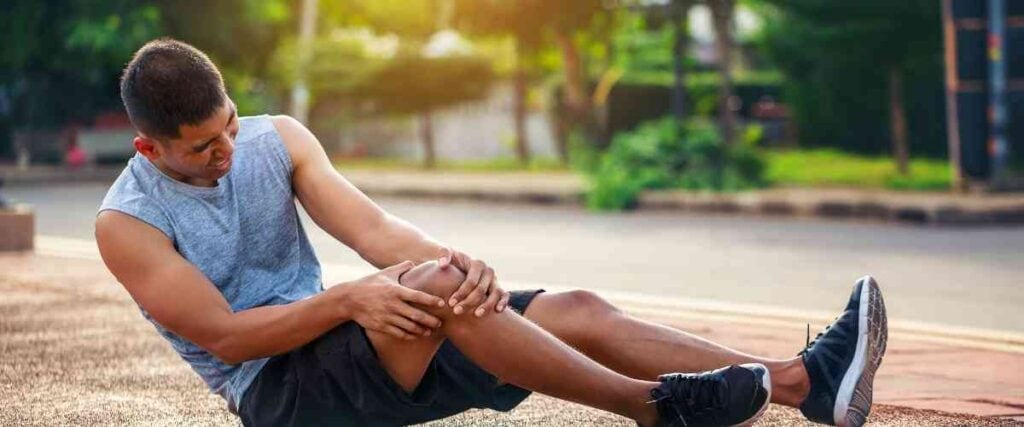
Researchers aren’t quite sure exactly what causes cramps during exercise, but there are a few different theories:2
- Muscle fatigue: One recent theory is that muscle cramps during exercise are caused by muscle fatigue, which affects the way your nerves control muscle contractions.
- Dehydration: Low levels of electrolytes in the body may also cause muscle cramps while exercising. If you’re sweating a lot, you may be more likely to become dehydrated during physical activity.
- Long periods of exercise: Working out for long periods, particularly in hot weather, may also cause muscle cramps while exercising.
Depending on the situation, the causes of muscle cramps during exercise may vary. Several factors could also work together to contribute to the onset of cramps.
How do I get rid of cramps during exercise?
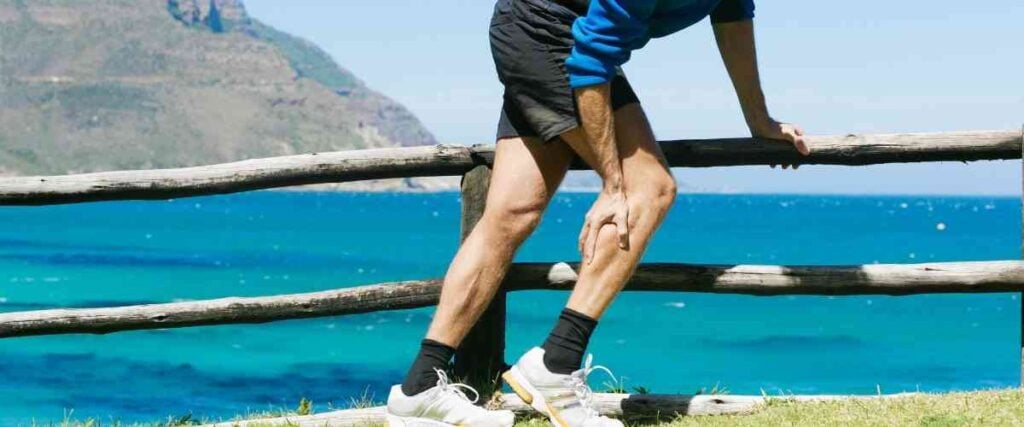
Research indicates no treatment or prevention method is consistently effective in treating or preventing cramps during exercise.1 But, there are a few ways you can manage them at home.
- Stretch and massage the muscles. When you feel a cramp coming on, stop what you’re doing and gently stretch the muscle. Help the tight muscles relax with a mild massage. If you’re unsure which stretches are best, ask your doctor for recommendations based on the muscles that typically cramp up. Also, incorporate foam rolling! Foam rolling is a technique for self-massaging your body’s connective tissues.
- Apply heat or cold to the muscle. Apply a warm wet towel or a heating pad to relieve the pain and relax the tight muscles. Alternatively, you can take a warm bath, shower, or massage the muscles with ice.
Even if the exercise cramp goes away in a few minutes, continuing to work out without treating it may cause it to return. It’s best to stop, take a water break, and treat the exercise cramp before continuing with your workout routine.
What exercises prevent cramps during exercise?
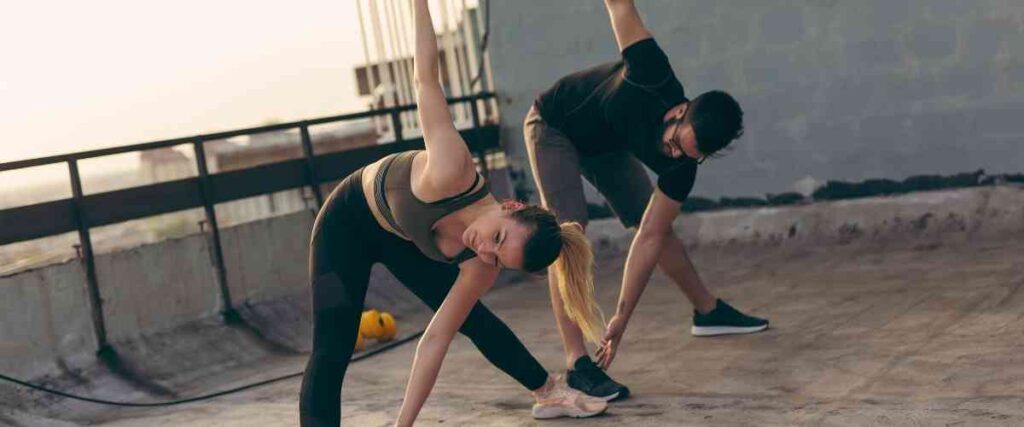
If your calf is cramping:
- Step into a lunge position with the cramping leg stretched out behind you.
- Push your heel down into the ground.
- Hold the position for 30 seconds.
If your foot is cramping:
- Grab your foot with your hand or wrap an exercise band around the ball of your foot.
- Gently pull your foot and toes toward you.
- Hold for 30 seconds.
If your hamstrings (back of your thigh) are cramping:
- Sit on the ground with your legs extended straight in front of you.
- Reach down to your ankles as far as you can go.
- Hold for 30 seconds.
If your quadriceps (front of your thigh) are cramping:
- Stand up straight and gently grab your ankle, lifting it toward your bottom.
- Hold onto the top of your foot and slowly pull your ankle toward your buttocks to stretch your thigh.
- Hold for 30 seconds.
How can I prevent muscle cramps while exercising?
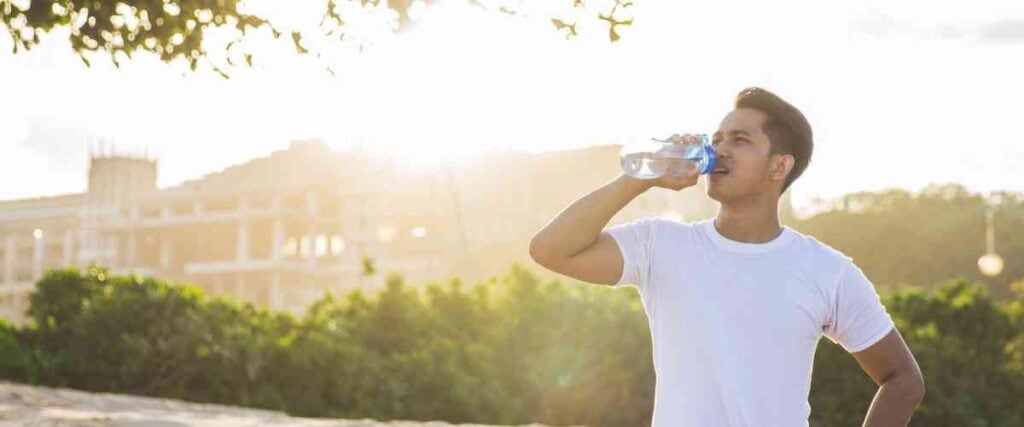
Cramps are incredibly uncomfortable during exercise, and you likely want to avoid them as much as possible. The following tips may help prevent muscle cramps while you exercise:
- Replace lost salt and electrolytes: Although dehydration isn’t necessarily the proven cause of cramps during exercise, staying hydrated is essential and will help you perform at your best. Fluids keep your muscle cells hydrated and help them contract and relax. When exercising, make sure you drink plenty of water and consider bringing a salty snack with you because you’ll lose salt as you sweat. Even after you work out, continue drinking water or other fluids.
- Stretch before and after physical activity: Your warm-up routine should include stretching, which will help prepare your muscles for physical activity. When you’re done, a thorough cooldown session incorporating stretching will help prevent cramps and injuries.
- Focus on strength training: Since muscle fatigue is a significant cause of cramps, participation in a strength training program may help you strengthen the muscles that tend to cramp. For example, if you cramp up frequently when you cycle on your indoor bike, you may want to isolate the specific muscles involved in cycling and use strength training exercises to work them.
What vitamins help with exercise muscle cramps?
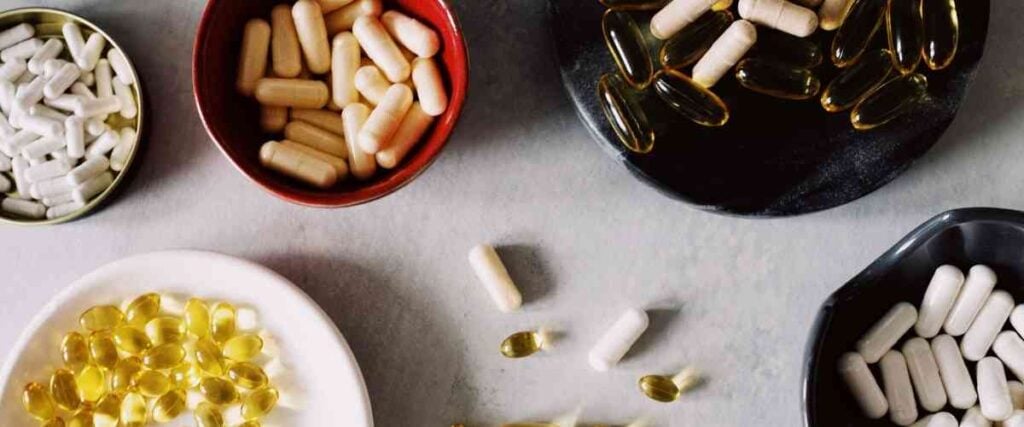
Some research suggests certain nutritional deficiencies may contribute to more frequent muscle cramps during exercise. As a result, it may be helpful to eat a nutrient-dense diet with healthy amounts of the following vitamins:3,4,5
- Potassium (bananas, oranges, cooked spinach, sweet potatoes, cucumbers, peas, zucchini, and dark leafy greens)
- Sodium (seafood, vegetable juice, canned vegetables, cottage cheese, and tomato sauce)
- Magnesium (whole grains, dark, leafy green vegetables, and dried beans, legumes, and nuts)
- Vitamin D (salmon, tuna, swordfish, sardines, and dairy and juice fortified with vitamin D)
- B vitamins (seafood, poultry, eggs, dairy products, leafy greens, and fortified cereal)
When to see a doctor

You should call your doctor if your muscle cramps are severe, frequent, or don’t get better with treatment at home. Your doctor may be able to help you determine what’s causing your cramps if your condition is temporary or a chronic problem, and how to get relief with effective treatment.
Key Takeaways:
Muscle cramps are common among athletes. They may result from dehydration, nutritional deficiencies, muscle fatigue, or a combination of these symptoms. Although no single treatment or prevention method is 100% effective, stretching before and after physical activity, staying hydrated, and maintaining a well-rounded, nutrient-dense diet may help prevent muscle cramps during exercise.Sources:
- Maughan, R. J., & Shirreffs, S. M. (2019). Muscle Cramping During Exercise: Causes, Solutions, and Questions Remaining. Sports Medicine, 49(S2), 115–124. https://doi.org/10.1007/s40279-019-01162-1
- Muscle cramp – Symptoms and causes. (2021, March 3). Mayo Clinic. https://www.mayoclinic.org/diseases-conditions/muscle-cramp/symptoms-causes/syc-20350820
- Gröber, U., Schmidt, J., & Kisters, K. (2015). Magnesium in Prevention and Therapy. Nutrients, 7(9), 8199–8226. https://doi.org/10.3390/nu7095388
- Cai, C. (2019). Treating Vitamin D Deficiency and Insufficiency in Chronic Neck and Back Pain and Muscle Spasm: A Case Series. The Permanente Journal, 23(4). https://doi.org/10.7812/tpp/18.241
- Lau, W. Y., Kato, H., & Nosaka, K. (2019). Water intake after dehydration makes muscles more susceptible to cramp but electrolytes reverse that effect. BMJ Open Sport & Exercise Medicine, 5(1), e000478. https://doi.org/10.1136/bmjsem-2018-000478


